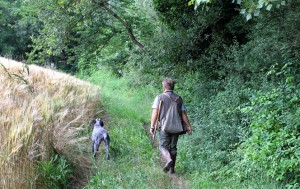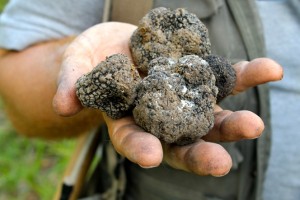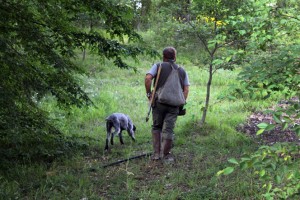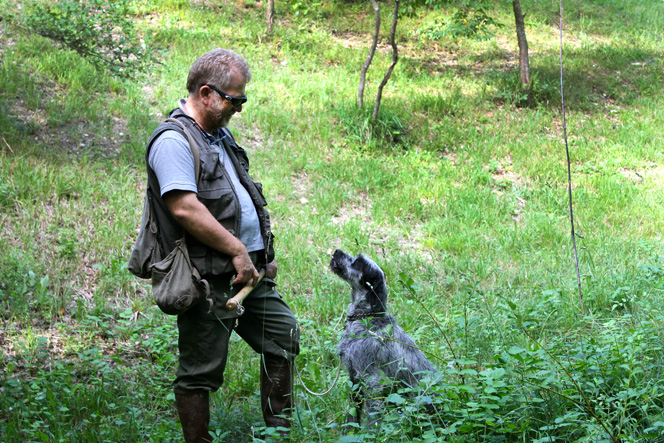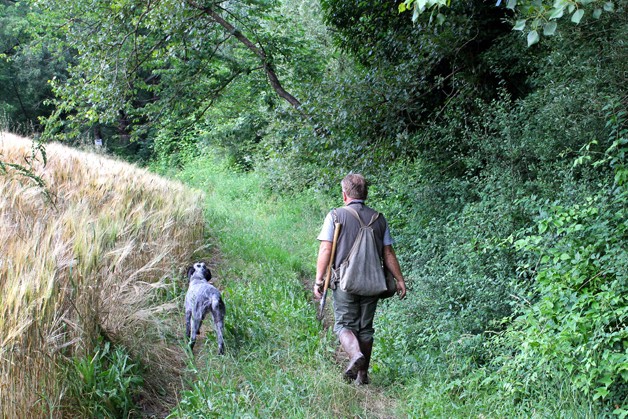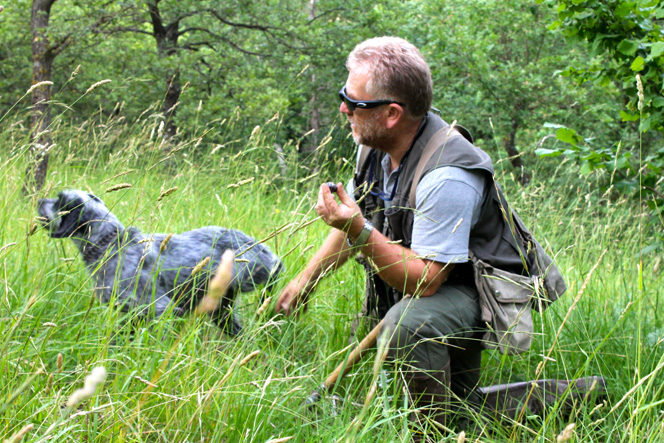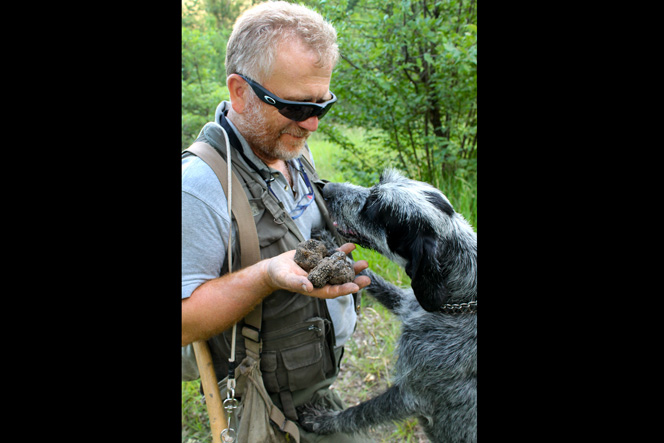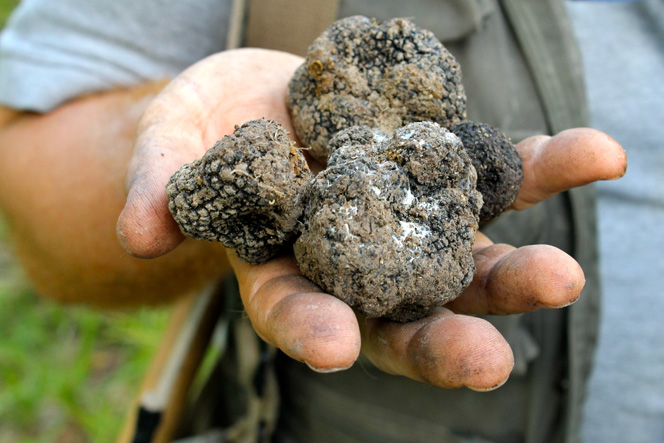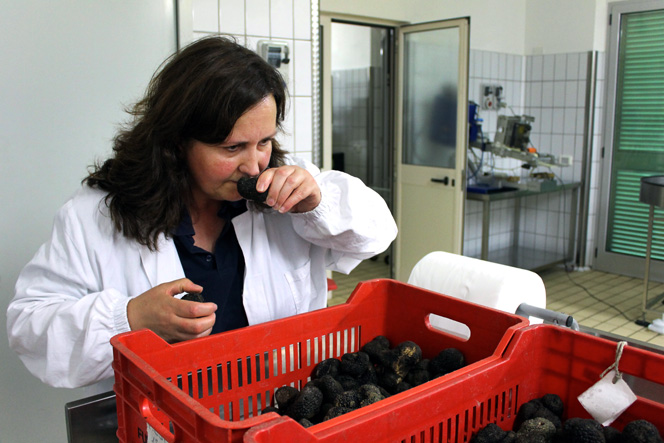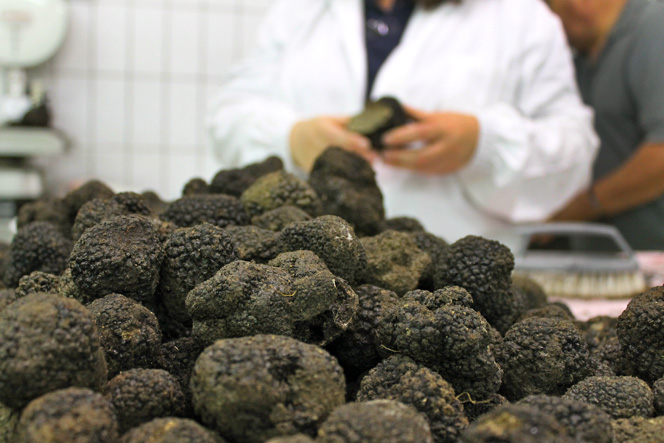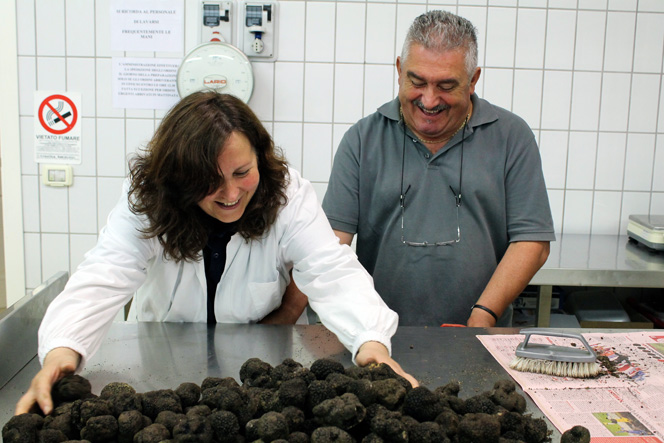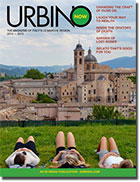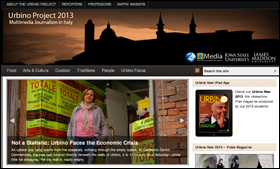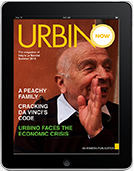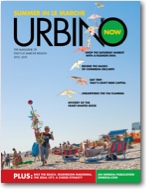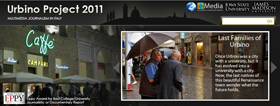Il Tartufo: The Gem of Acqualagna

Tracing the truffle from the ground up
ACQUALAGNA, Italy - It is early evening when Giorgio Remedia and his dog set off into the woods of Acqualagna, Italy. The June air is warm and light, and the ground moist from days of rain–the perfect weather for a truffle hunt.
“Dov’é, Chicca? C’é?” (Where is it, Chicca? Here?) Giorgio calls out to his dog repeatedly. Chicca sniffs frantically through the dirt and begins to dig. “Brava, brava, Chicca!” Giorgio yells as his dog returns to him with a small black truffle inside her mouth. Giorgio rustles the black and white fur on her head and removes the black summer truffle. He holds it to his nose taking in the earthy aroma of the mushroom before placing it into his side pocket.
A typical hunt can take hours depending upon the truffle type and the season. Because the dogs are initially trained to perceive the hunt as a game, they will continue to keep their noses in the ground until told to stop. In the small mountain town of Acqualagna, Italy, the black summer truffle—also known as scorzone—is plentiful. This area is known as the truffle-hunting capital of the region of Marche.
Giorgio Remedia is a third generation truffle hunter who started at a young age with his father and grandfather. Remedia and his 8-year-old dog, Chicca, spend each season in the Acqualagnan fields and woods in search of different types of truffles. After each hunt some truffles are sold to private clients while most are sent off to laboratories like Acqualagna Tartufi. In these factories the expensive fungi are cleaned, stored, and transformed into various truffle-infused products. They are also sold fresh and frozen.
Emanuela Bartolucci oversees Acqualagna Tartufi, a family-owned company started ten years ago. She is scheduled to work from 6 in the morning until 3 in the afternoon, seven days of the week, but she admits to working as long as 14 hours a day
Emanuela turns over a red crate of black summer truffles onto a metal surface.
“Checking the quality of the truffle is most important,” she says as she rubs the truffle with a white brush. “The product must have just been freshly picked.” Emanuela needs to process the truffles within 24 hours of receiving them, otherwise the quality is compromised. Acqualagna Tartufi brings in approximately 200 kilos of truffles daily and, once the truffles are brought to the lab, they are stored in crates and kept cool in a refrigerator. From there, the truffles are transformed into 70 types of products or sold fresh or frozen. Any of the nine types of seasonal truffles can be infused into foods like oil, crème, or pasta. In contrast to the white truffle,the scorzone is the least expensive and less pungent truffle and, because of its delicacy, complements food well. Least expensive is relative, however. According to Giorgio, even this truffle sells between 100-to-200 euros a kilo (2.2 pounds). However, when truffles are infused into crèmes or oils, their prices drop proportionally. T&C Tentazione, a truffle retailer in Acqualagna, sells 250 ml of white truffle olive oil for 18,50 euros (about $25.00 US). By comparison the online “Gourmet FoodStore” based in Florida sells 250 ml of white truffle olive oil for $32.25 dollars.
The scorzone is a well-known mushroom that grows underground in areas far from grass and near trees. It grows and matures for months leading up to the June to November harvesting season. The truffles are hidden in the earth close to old oak and hazelnut trees where the soil is generally moist. According to Giorgio, water is the most important factor in ensuring a truffle ripens well. He prefers to hunt in the morning or evening away from the midday heat.
Once the truffles are brushed, scraped, and weighed they are ready for production. Acqualagna Tartufi uses a combination of machines and manual labor to process these delicate mushrooms. After the products have been made, they spend the next few days being sterilized and put into jars. Emanuela says, “70 percent of the products made in this laboratory are disseminated to the commerce abroad. The other 30 percent of these products are sold to residents of Acqualagna and throughout Marche.”
One shop, Tartufi Antiche Bonta, is located 30 kilometers from Acqualagna in the university town of Urbino. “We sell high quality products from the Marche region…most importantly, the truffle from Acqualagna,” says sales clerk Dominica.
These products all come back to the hunter, like Giorgio Remedia. Without his expertise and his trained dog, this aromatic delicacy could remain hidden in the soil. Giorgio relies upon his years of experience in other ways: “ There are many breeds of non-edible truffles. But here maybe I’m a teacher. It is my responsibility to know the truffle.”
Chicca prods the ground with her nose, eager to find another black treasure. This time Giorgio scrapes away the dirt and grabs the truffle from the ground. It was the size of a quarter, not yet ripe and not able to be used. He compares it to a truffle from his pocket, then laughs and puts the small one back on the ground. “Grazie, Bella,” he says to Chicca as he rubs her head. “Grazie!”



